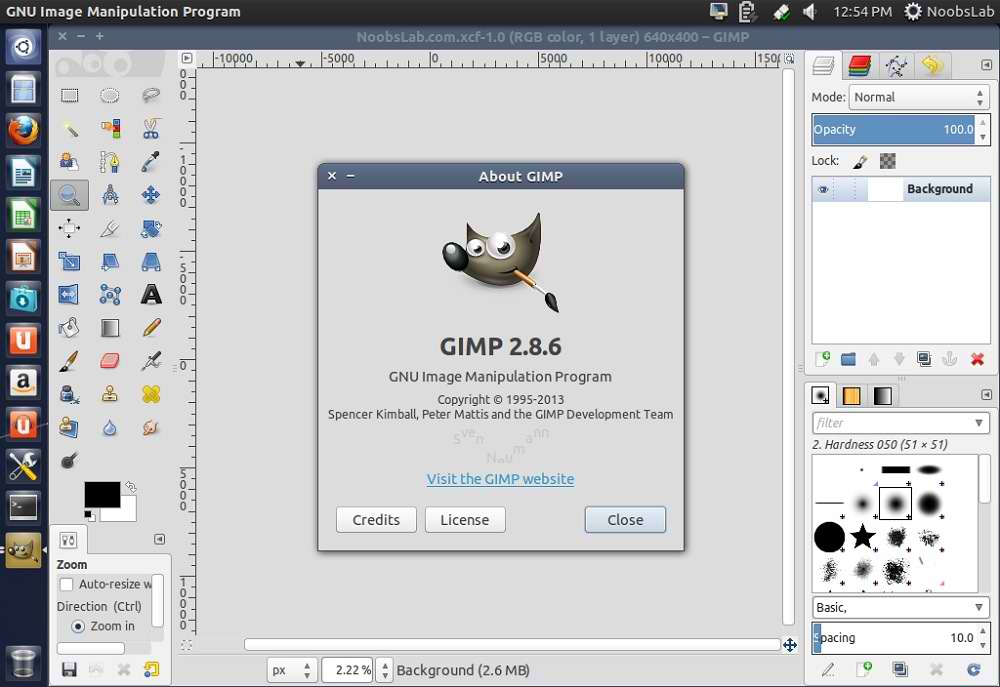

If you want to save as any other popular file type like JPG, PNG, or TIFF, you have to use the Export As command. I’m not sure why the developers designed things this way, but the Save and Save As commands now force you to use the XCF format. You’re done! You’ve saved your GIMP file as a JPEG image.ĭon’t feel bad if you’re surprised by how easy it is. Step 3: Select JPEG as the file type and configure your compression settings. Step 2: Choose Export As from the File menu. Step 1: If you don’t already have your image open, open your XCF file (XCF is GIMP’s native file format) The process is actually quite easy, once you know that you should be using the Export As command instead of the Save command:

The Quick Guide to Saving GIMP Files as JPEG The developers implemented this change as a part of GIMP’s 2.10 update, and it’s confused a lot of people since then. The biggest – ok, the only – trick to saving GIMP files as JPEG is that you need to use the Export command instead of any of the Save commands. But it might surprise you to learn that they’re not all created equal, even when you’re saving a GIMP file as a JPEG. They’re small, high-quality, and compatible – the perfect choice for using and sharing online. JPEG files are the most popular digital image format by a large margin. We advise you to set the quality between 80 and 90 for best performance (higher quality means larger size). Choose the quality you want to assign to your image.

Click on File, Export As… and choose the location where you want to save your image.
Gimp save as jpeg download#
Once the download is complete, open GIMP.
Gimp save as jpeg for free#
Start by downloading GIMP for free using this link.To do so, we recommend that you use GIMP, a free image editing software. By using heavy visual files, you risk making your website slower and scaring away your visitors, which will also affect your search engine positioning.įortunately, there are simple ways to optimize your images before displaying them on your website. Why? Because the loading speed of your website is greatly affected by the weight of your photos. In other words, you need to reduce the weight of your images (the space they take up in memory) as much as possible, without compromising their quality. Good visuals enhance the user experience of your potential customers, but they must be used in the right way.Ī good use of images starts by optimizing them for the web. Just as important as your written content, photos and images are essential to the performance of your website.


 0 kommentar(er)
0 kommentar(er)
